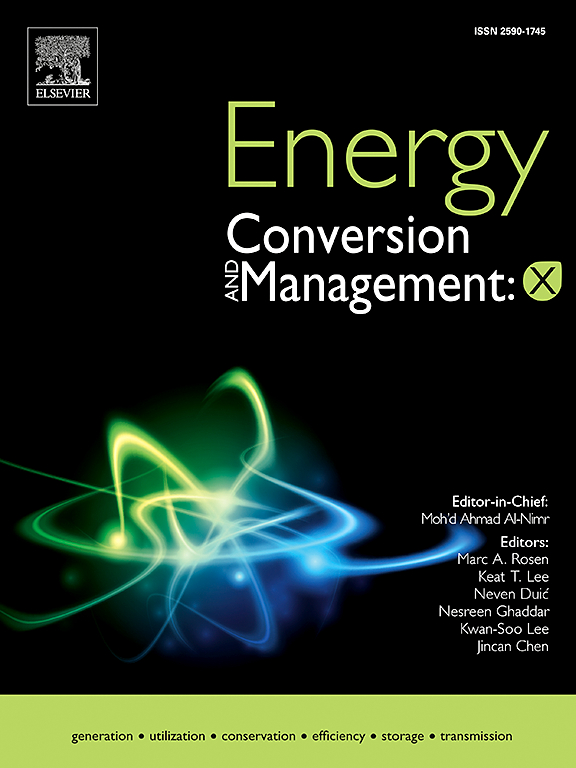Environmental life cycle assessment of industrial high-temperature to residential small-size heat Pumps: A critical review
IF 7.1
Q1 ENERGY & FUELS
引用次数: 0
Abstract
The decarbonization process of the industry and the heating sector, underway in Europe, directly involves heating, cooling, ventilation, and air conditioning systems. In this context, heat pump technologies play a key role in having the ability to be powered by decarbonized energy carriers (i.e., electricity from renewables for vapor compression cycle, hydrogen for absorption cycle, etc.), as well as harnessing renewable or waste heat, in different applications (i.e., industry, district heating networks, and civil sector). The European Commission considers the life cycle assessment method one of the leading methodologies for environmental metrics. Many scientific studies related to analyzing the environmental profile of heat pumps have been written using this method. With the aim to investigate the outcomes achieved and modeling approaches applied, this study reviews existing environmental life cycle assessment studies of (i) high-temperature, (ii) large-size (over 300 kWth), and (iii) medium and small-size heat pumps. In total, 19 articles containing 637 scenarios were found in the literature to be relevant to the research aim. The study analyzes different heat pump technologies (i.e., vapor compression, absorption, and indirect Stirling cycles). The analysis shows that the use phase is the main contributor: (i) average value of 94.6% for the global warming potential, (ii) 69.9% for abiotic depletion potential indicator (metals and minerals). The analysis reveals that life cycle assessment studies apply a rather narrow approach and lack variability in modeling. For future research, it is recommended that the thermodynamic behavior of the heat pumps be properly simulated or monitored. In addition, a stochastic evaluation shall be included in the analysis to reduce and highlight the uncertainty of the results, especially the global sensitivity analysis. Finally, high-temperature heat pumps shall also be investigated using the consequential approach to understand better the environmental consequences of installation in an industrial production process.
求助全文
约1分钟内获得全文
求助全文
来源期刊

Energy Conversion and Management-X
Multiple-
CiteScore
8.80
自引率
3.20%
发文量
180
审稿时长
58 days
期刊介绍:
Energy Conversion and Management: X is the open access extension of the reputable journal Energy Conversion and Management, serving as a platform for interdisciplinary research on a wide array of critical energy subjects. The journal is dedicated to publishing original contributions and in-depth technical review articles that present groundbreaking research on topics spanning energy generation, utilization, conversion, storage, transmission, conservation, management, and sustainability.
The scope of Energy Conversion and Management: X encompasses various forms of energy, including mechanical, thermal, nuclear, chemical, electromagnetic, magnetic, and electric energy. It addresses all known energy resources, highlighting both conventional sources like fossil fuels and nuclear power, as well as renewable resources such as solar, biomass, hydro, wind, geothermal, and ocean energy.
 求助内容:
求助内容: 应助结果提醒方式:
应助结果提醒方式:


